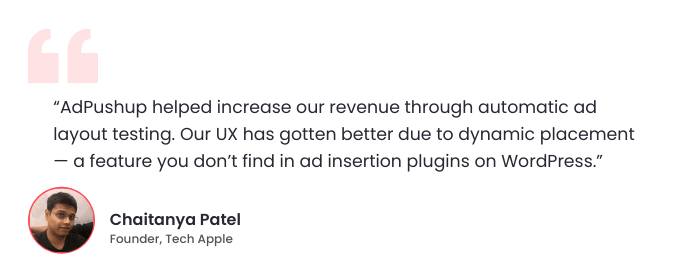A new report from the International News Media Association (INMA) says that while blockchain technology has the potential to disrupt the news media industry, it’s not clear what that means. ‘Exploring Blockchain’s Potential to Transform Media’ looks at how blockchain can benefit publishing and how publishers can get started with this “potentially industry-changing technology.”
What is Blockchain?
Blockchain can be thought of as a digital ledger that is duplicated and distributed across a network of computers. Each block in the chain records a number of transactions, and every time a new transaction is added to the blockchain, a record of that transaction is added to every participating version of the ledger.
Most databases have an administrator who can change entries, but with Blockchain, no single person is in charge. It is a distributed system for recording information in a way that makes it difficult or impossible to change, hack, or cheat the system.
Blockchain in Publishing
A lack of clarity around how blockchain technology can be deployed in publishing has stopped most publishers from experimenting with it. The majority of the publishers in a recent survey said that blockchain has the potential to transform news media but less than 10% have incorporated it into their strategy.
Blockchain was developed as the infrastructure to support cryptocurrencies like Bitcoin, but it is now being used in many other applications, from music royalties to voter registration. In publishing, it has been touted as a way to bring transparency and security to payments, content distribution and copyright.
Direct Monetisation
Payment to content creators and publishers is often controlled by third-party service providers. It is possible, using blockchain technology, to remove these intermediaries and allow authors, for example, to be able to monitor their content distribution and receive micropayments directly from readers through smart wallets.

Smart Contracts
Using blockchain technology to create contractual agreements can significantly reduce the time and cost of creating contracts. From advertising to subscriptions, deals and discounts can be executed and documented automatically without the involvement of third parties, making it possible to offer a much wider variety of options. For readers, consumption-based pricing mechanisms are possible.
Rights Management
Blockchain technology can be used to add ID stamps to published materials, protecting ownership rights for both creators and publishers. Blockchain can also support the expansion of digital property management, allowing readers to share digital copies of created works as they would with physical books and magazines.
NFTs
The INMA report identifies NFTs as a ‘significant opportunity for publishers looking to monetise their content archives, focusing on images and one-offs like magazine covers. Several publishers have experimented with NFTs; The Economist sold its October Alice in Wonderland cover featuring Alice going “down the rabbit hole,” as an NFT, raising over $400,000 for charity.
Blockchain is an attractive opportunity for publishers looking to continually diversify their revenue.
You must be wondering how blockchain (NFTs and cryptocurrencies included) can help publishers innovate & amplify their marketing strategies.
This is how:
- Transact instantly through digital cryptocurrency with Blockchain
- Earn 4-5 figures selling NFTs
- Grow current revenue streams from your subscribers and bidders by allowing them to pay through their cryptocurrency wallets.
Audience engagement
Blockchain technology can also be used to boost audience engagement. Decrypt Media uses DCPT reader tokens to reward users who read, share, and interact with their content. The publisher grew its audience by 2,000% in 2020.
Rewarding the audience with digital assets bearing real-world value can enhance audience loyalty while returning a portion of the advertising revenue to consumers.
While publishers are understandably cautious about getting involved in such a rapidly changing technology sector, Brian Morrisey of the Rebooting newsletter says they’ll have to if they want to understand it.
Referencing the early development of social media, he said: “It kind of reminds me of the Web2.0 era.” He explained that it took the people at the top of publishing to get involved to understand the truly two-way relationship with the audience. “And with crypto, it’s kind of a similar thing.”
FAQ Related to Blockchain For Ad Publishers
Blockchain technology automatically adds timestamps and person stamps to published materials which can provide a basic level of security for publications. It’s significantly more effective than traditional methods of marking books, such as using watermarks, which have little to no purpose.
Blockchain is weaving itself into the way companies do business, so knowing what it is and how it works, even at a high level, will help industry leaders become more proactive and receptive to these innovations, ultimately leading to a better chance of revenue diversification and growth over the course of this new decade.

Shubham is a digital marketer with rich experience working in the advertisement technology industry. He has vast experience in the programmatic industry, driving business strategy and scaling functions including but not limited to growth and marketing, Operations, process optimization, and Sales.







